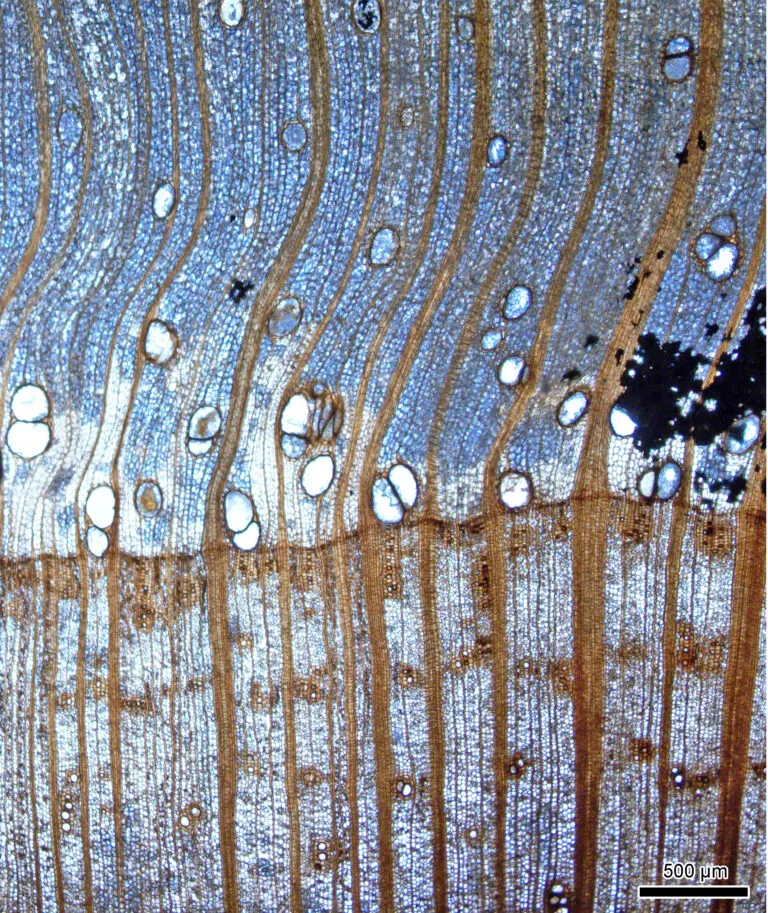
The Cambrian seas teemed with new types of animal, such as the predator Anomalocaris (centre).
Credit: John Sibbick
Natural History Museum
Natural History Museum
Biologists are changing their collective minds about how multicellular life arose on Earth, but it's nothing for creationists to get over-excited about. They aren't beginning to think it was all magicked by a magic man in the sky. The change of mind is about the exact mechanism and the trigger that started the evolutionary process. No objective biologist thinks the explanation is anything other than a natural, evolutionary process.
It used to be thought that the trigger for the evolution of multicellular organisms, which only evolved between 685 and 800 million years ago, was increasing levels of oxygen caused by the waste product of the photosynthesising cyanobacteria. They had been, like their descendant today in the chloroplasts of green plants, converting carbon dioxide and water into glucose and oxygen, and so polluting their own environment with their waste product - oxygen.
However, the idea that it was rising oxygen levels that triggered the change, has been disputed by the findings of a team from the University of Copenhagen, Denmark, Woods Hole Oceanographic Institute, Massachusetts, USA, the University of Southern Denmark, and Sultan Qaboos University, Muscat, Oman.
The team arrived at their conclusion after analysing the chemical composition of ancient rock samples from an Omani mountain range deposited during what geologists call the 'Shuram Formation produced during what is referred to as the 'Shuram carbon isotope excursion':

























